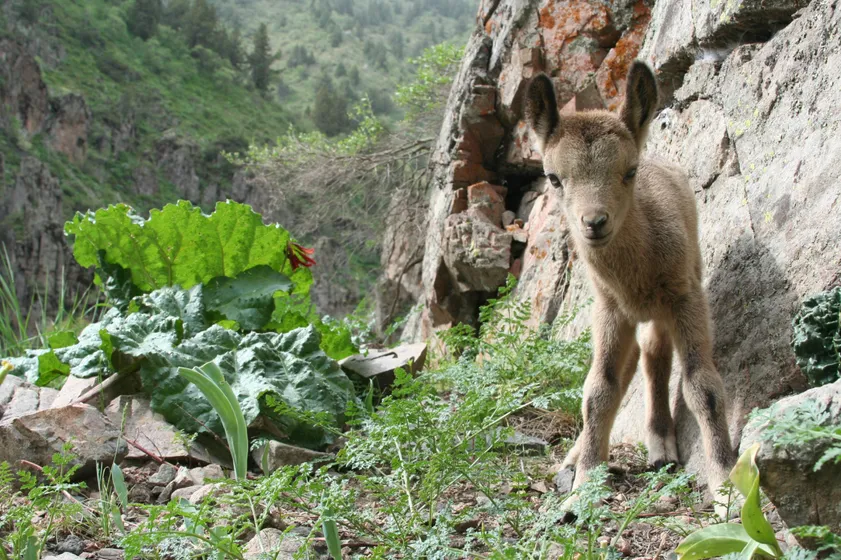Kazakhstan stands as a cultural and natural treasure trove, boasting a significant presence on the global stage through its UNESCO World Heritage Sites.
In 2023, Kazakhstan’s Cold Winter Deserts of Turan were added to the list, as the location features exceptionally diverse ecosystem, flora, and fauna. The country's rich historical and architectural legacy is exemplified by six sites listed and thirteen more in the organization’s tentative list. Most of these sites have become a must-visit for foreign travelers as well as local tourists.
From the Mausoleum of Khoja Ahmed Yasawi to the vast steppe and lakes of Saryarka, QazMonitor explores six marvels of Kazakhstan that we believe every tourist should include on their bucket list.
Mausoleum of Khoja Ahmed Yasawi (listed in 2003)
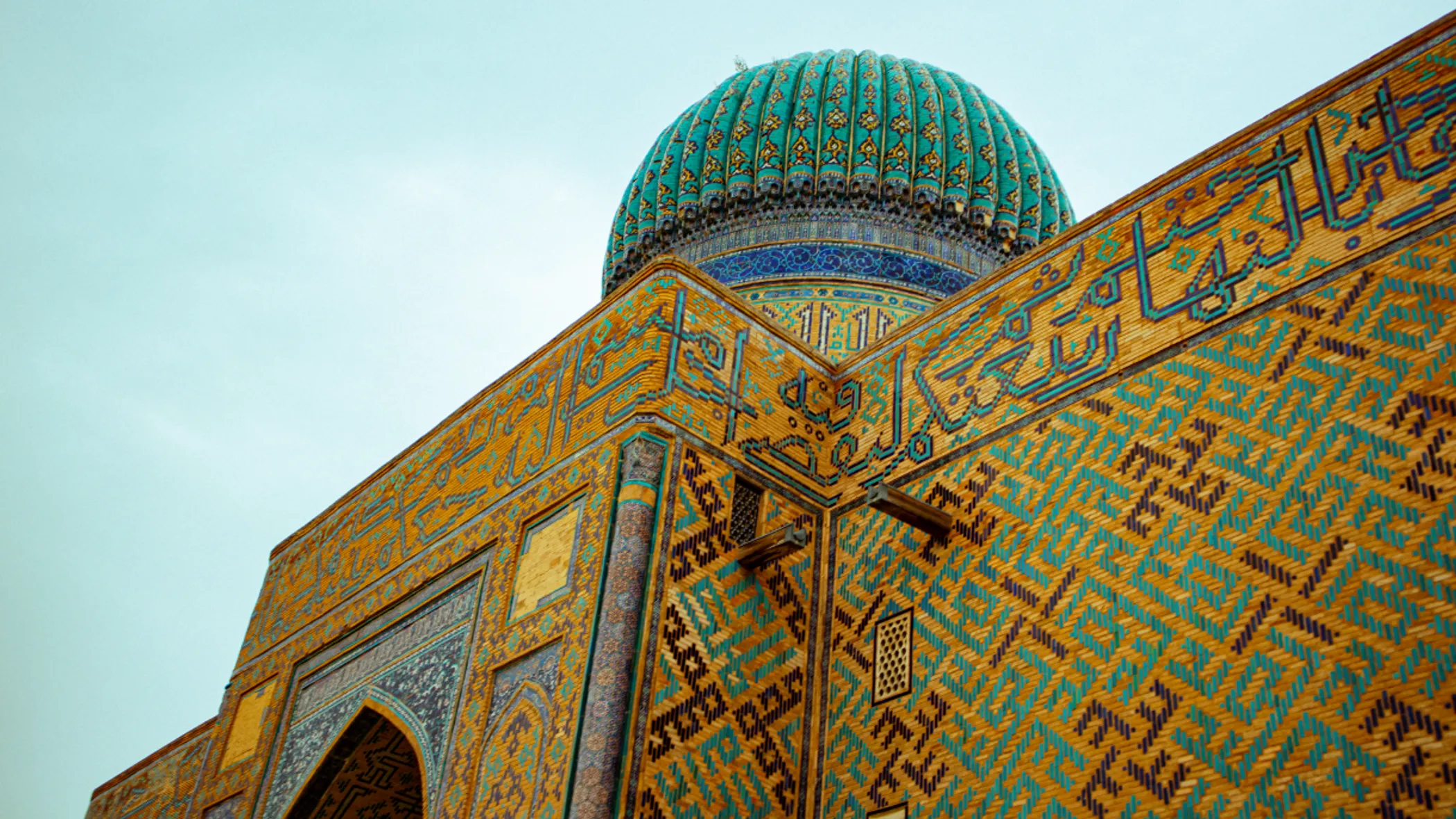
Location: Turkistan
In Turkistan, the Mausoleum of Khoja Ahmed Yasawi, a Timurid-era masterpiece, enchants with its turquoise dome and intricate patterns. A spiritual haven, it welcomes pilgrims and culture enthusiasts.
Petroglyphs within the Archaeological Landscape of Tamgaly (2004)
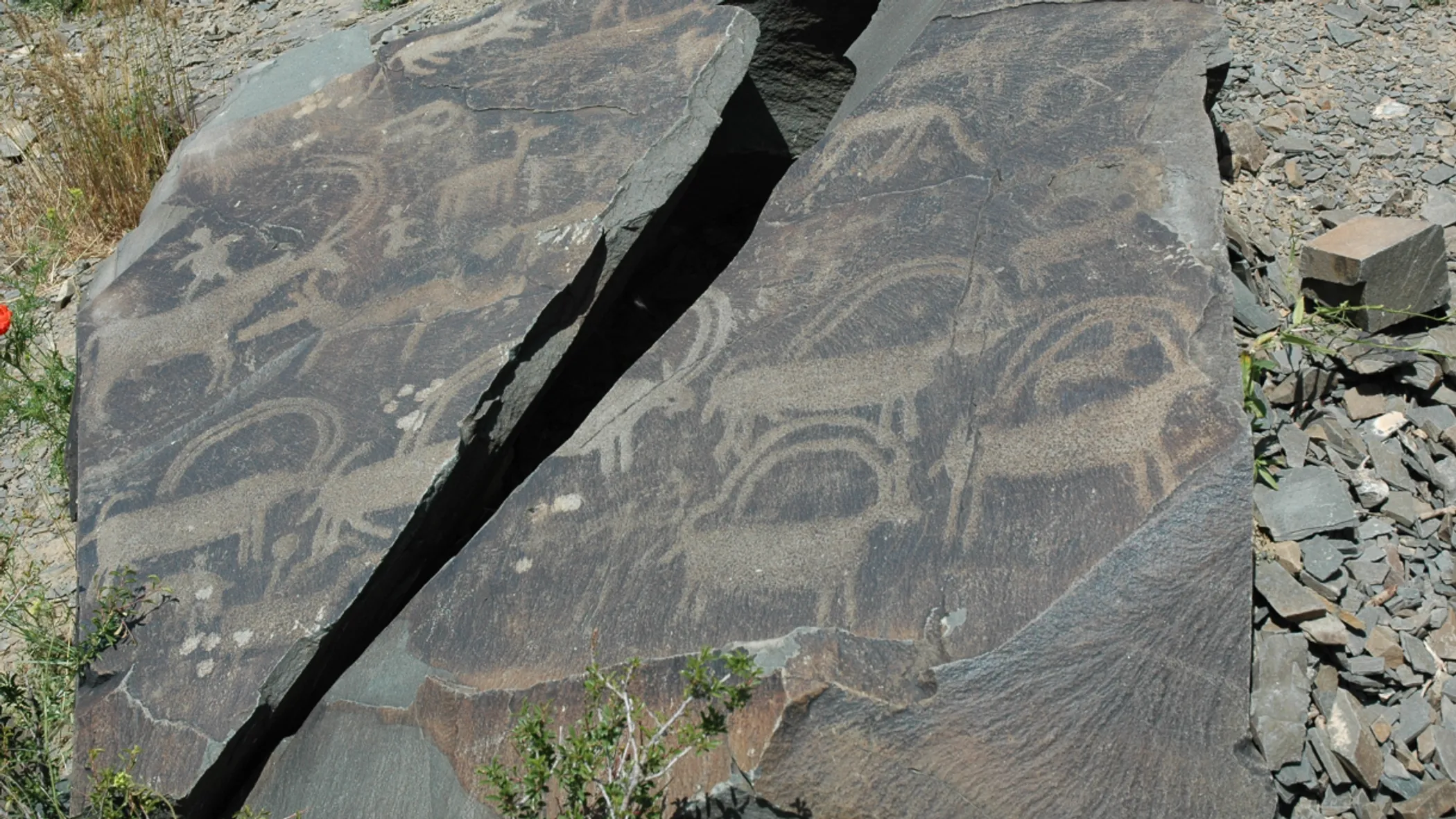
Location: the Almaty Region
Explore Tamgaly in the Almaty Region, the archaeological wonder with petroglyphs portraying scenes from the Bronze Age to the Medieval period. Delve into ancient Central Asian societies' beliefs and practices.
Saryarka – Steppe and Lakes of Northern Kazakhstan (2008)
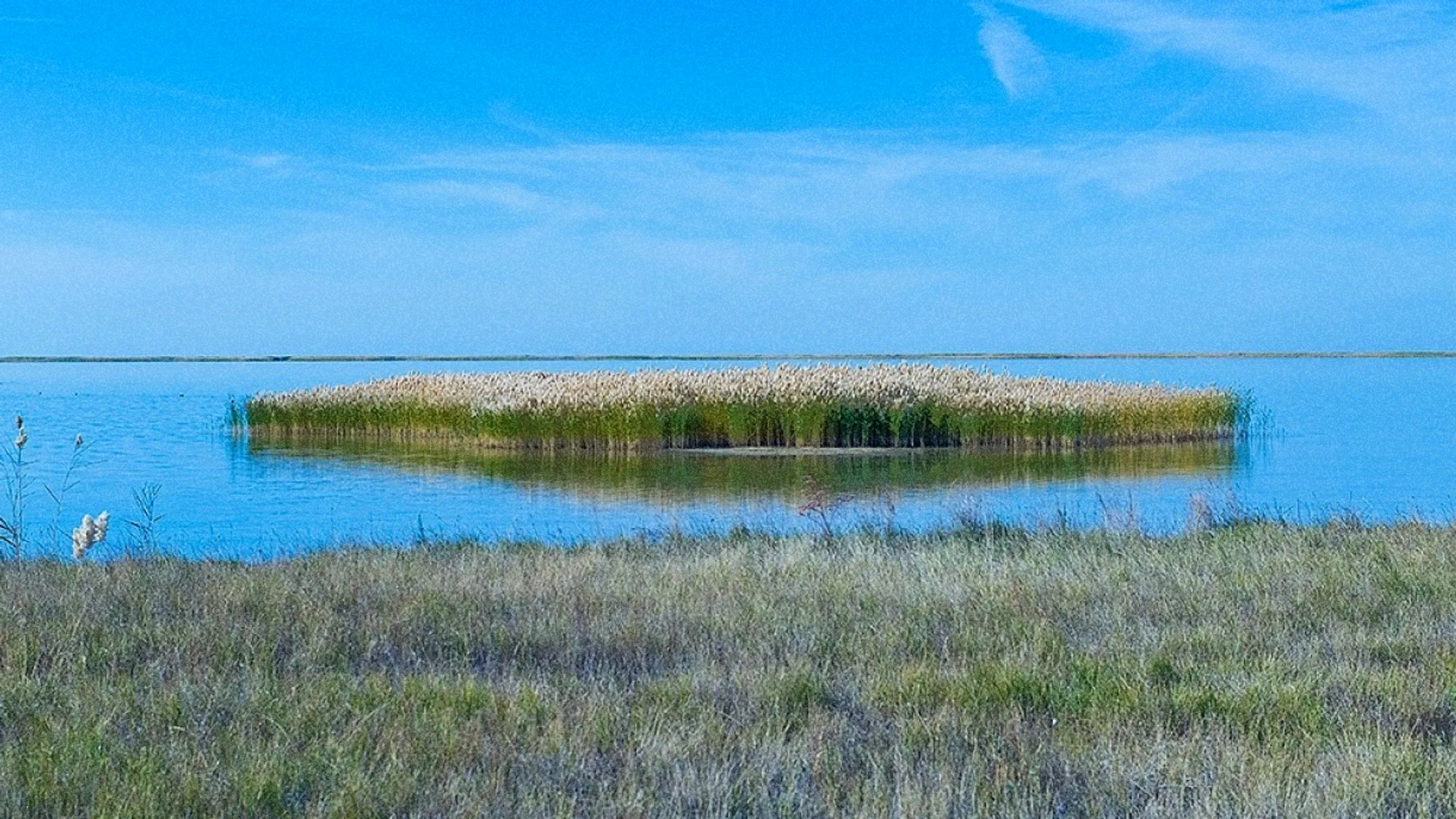
Location: Akmola Region and Kostanay Region
Journey to the expansive Saryarka region of northern Kazakhstan, acknowledged by UNESCO in 2008. A haven for migratory birds, its diverse landscape of lakes and grasslands plays a vital role in preserving waterfowl populations.
Silk Roads: the Routes Network of Chang'an-Tianshan Corridor (2014)
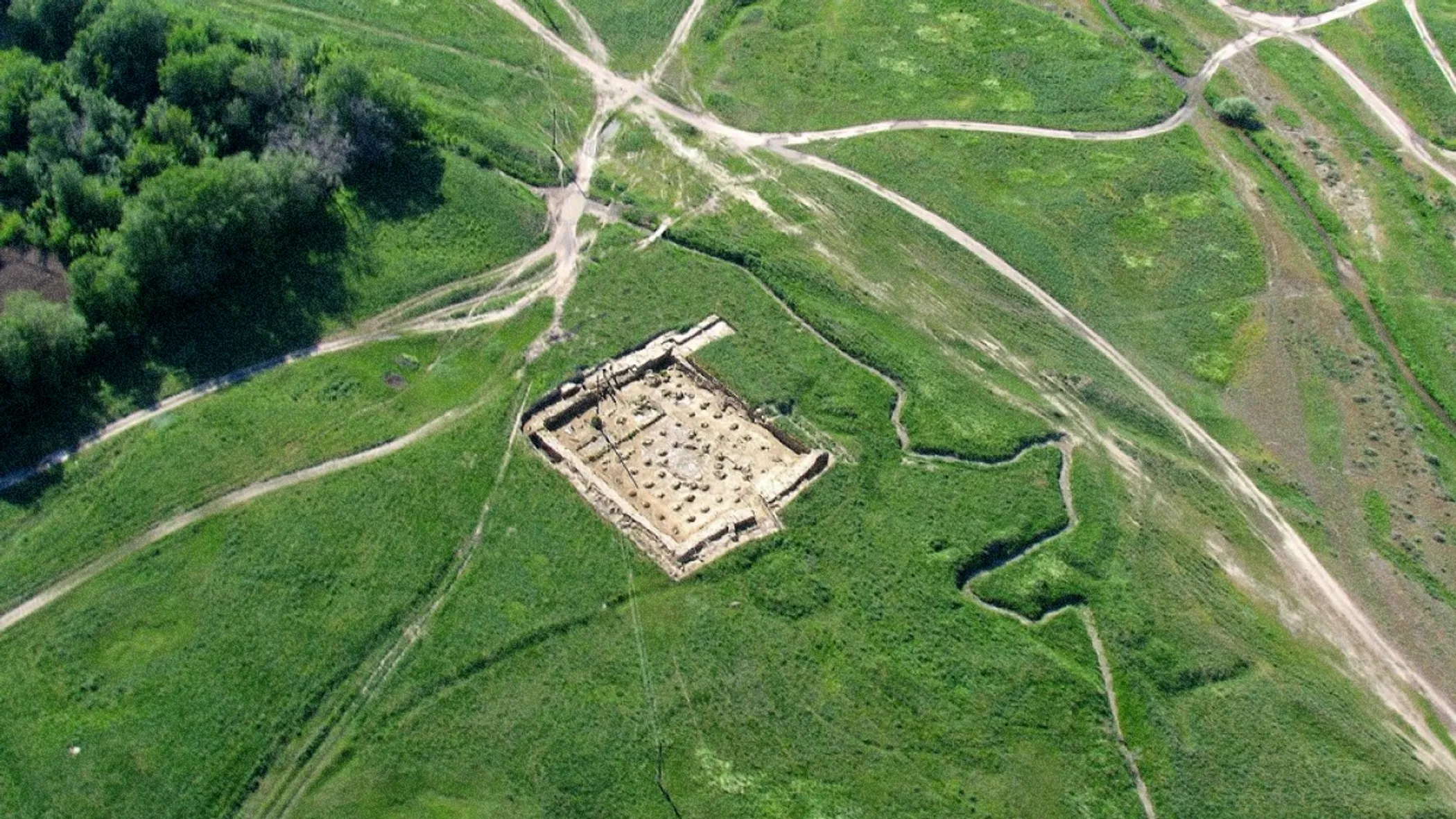
Location: Multiple locations, including parts of Kazakhstan
Step onto the historic Silk Roads, a UNESCO World Heritage Site fostering cultural exchange. In Kazakhstan, it connects Chang'an to the Tianshan Mountains, playing a pivotal role in trade and cultural interactions.
Western Tien-Shan (2016)
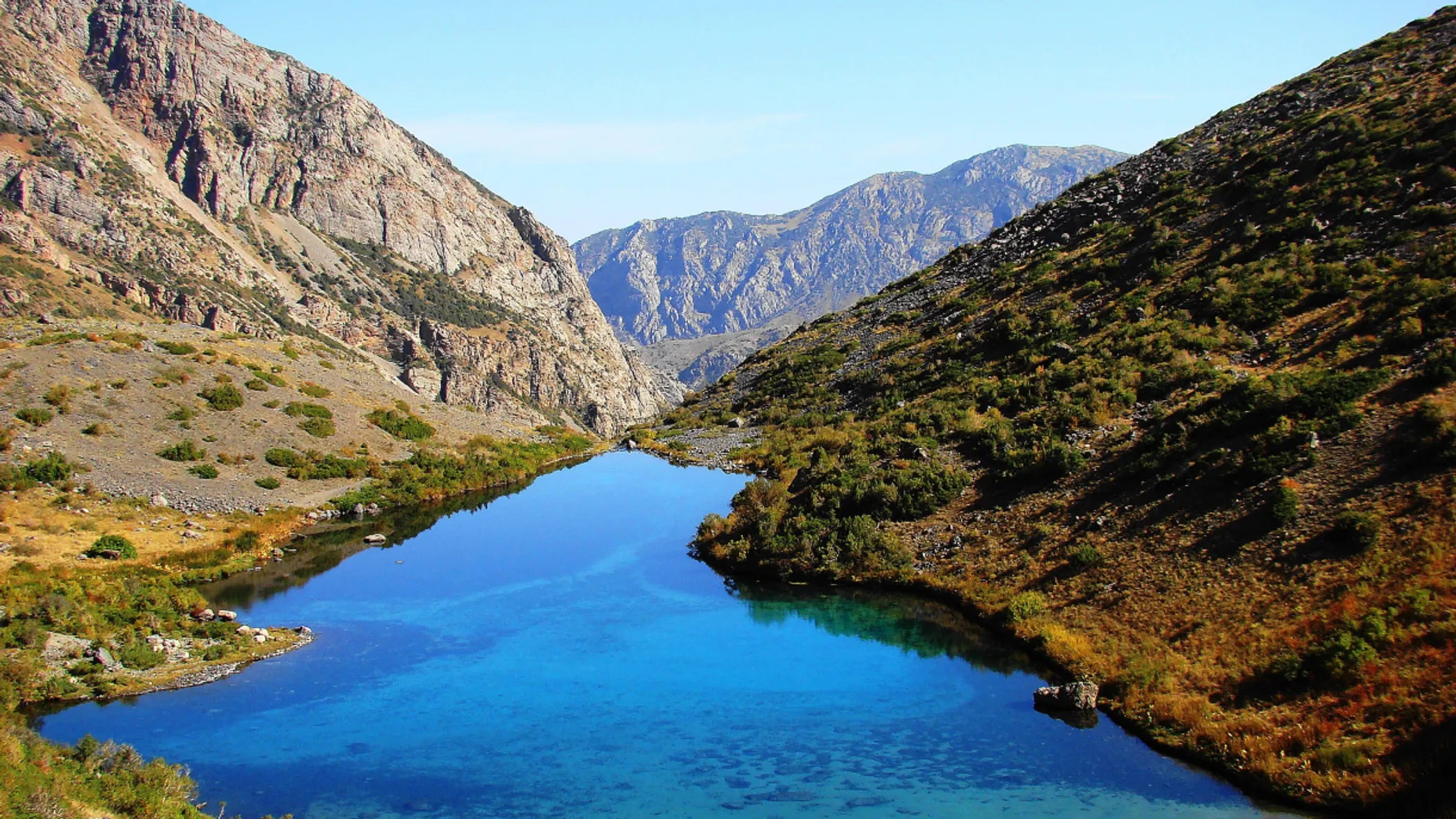
Location: Several regions in Kazakhstan
Recognized in 2016, Western Tien-Shan's snow-capped peaks and meadows harbor exclusive plant and animal species. A treasure trove for biodiversity, its geological features contribute to understanding Earth's evolution.
Cold Winter Deserts of Turan (2023)
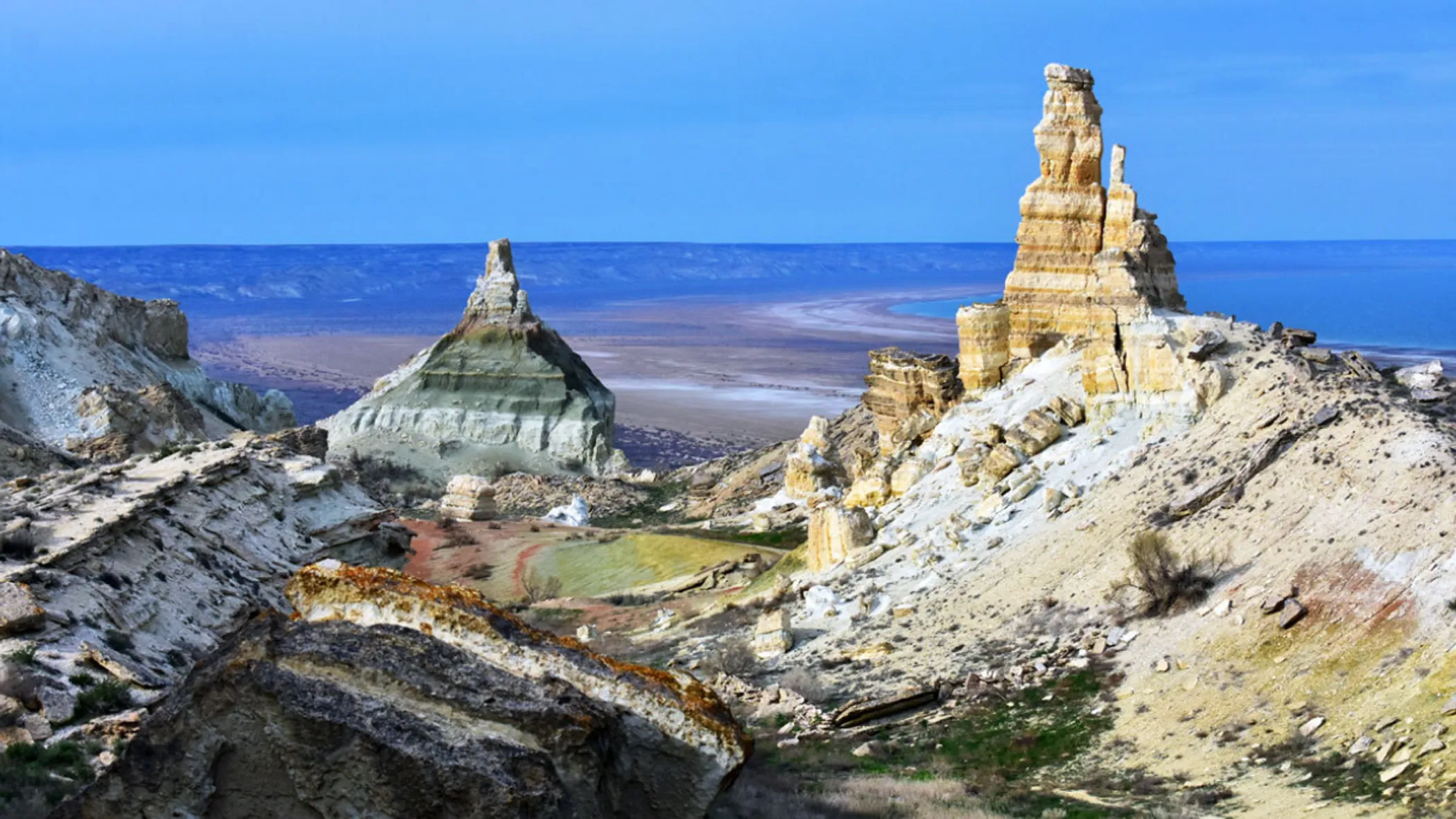
Location: Several regions in Kazakhstan
Embark on a journey through the Cold Winter Deserts of Turan, spanning arid areas in Central Asia. With fourteen components, it showcases extreme climatic conditions and diverse desert ecosystems, fostering biodiversity.
These UNESCO World Heritage Sites unveil Kazakhstan's cultural richness, ancient history, and natural diversity, emphasizing its integral role in human history and environmental conservation since accepting the UNESCO World Heritage Convention in 1994.
Looking ahead, Kazakhstan and UNESCO plan to delve into the realms of artificial intelligence and the creative industry. A meeting in Astana on September 7, led by Deputy Minister of Foreign Affairs Kairat Umarov and UNESCO Almaty Cluster Office Director Amir Piric, explored initiatives to enhance educators' digital skills and delve into water security research. As the UNESCO Almaty Cluster Office transforms into a Multisectoral Regional Office, extending its influence across multiple countries, the collaboration continues to flourish. The commitment to leveraging technology and fostering collaboration with UNESCO reflects Kazakhstan's dedication to educational advancement, environmental sustainability, and regional harmony.
